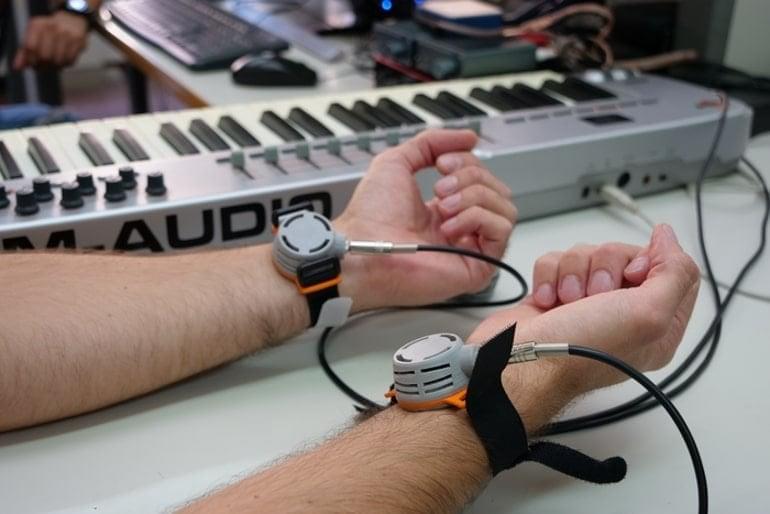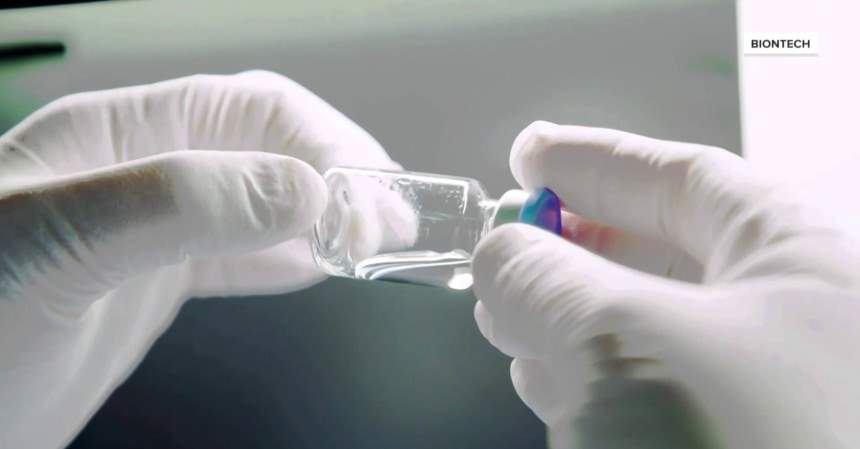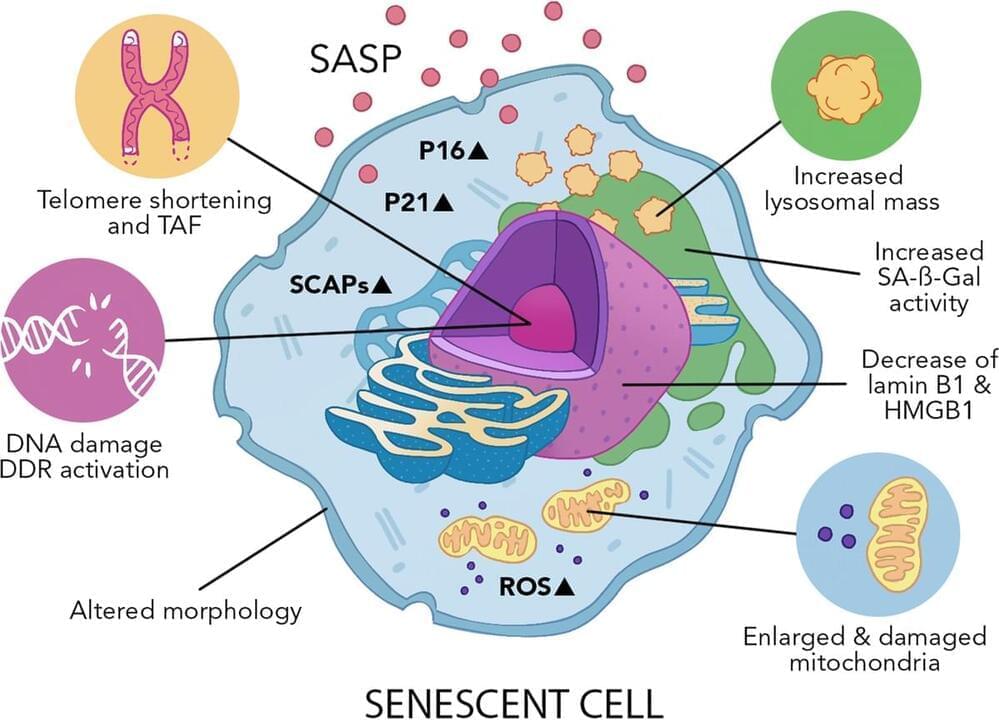Tesla CEO sees Twitter as a ‘bloated’ organization, employing far more people for its revenues.
Elon Musk’s Twitter takeover has entered an interesting stage where he can sit down with the company’s lawyers and iron out a deal. However, the deal could see 5,000 employees facing the axe at Twitter, Washington Post.
Difficult times at Twitter.
Heisenberg Media/ Wikimedia Commons.
Twitter currently employs 7,500 workers, and documents accessed by the media outlet show that Musk plans to trim down the workforce by as much as 75 percent, down to a skeleton staff of just 2,000. In internal Slack channels, employees have reacted to this news with anger, WaPo reported.







